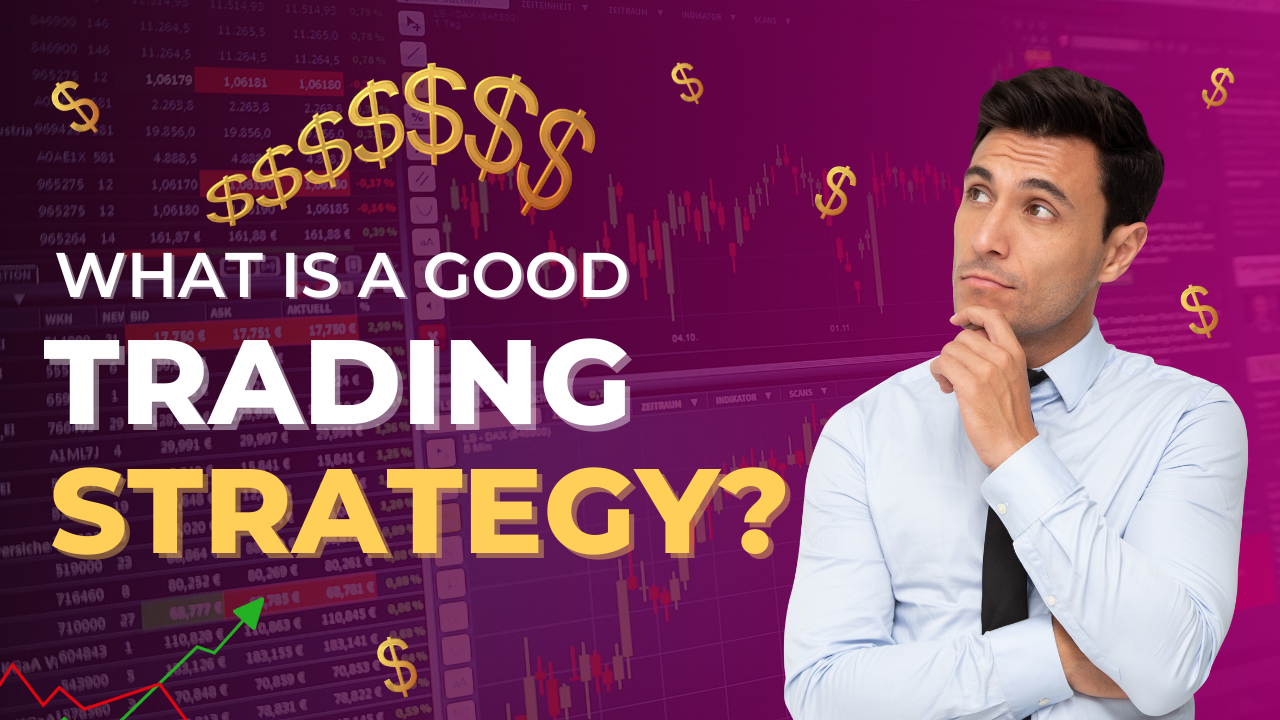What is a Trading Strategy?
A trading strategy is a structured plan designed to guide traders in the securities markets. It involves a systematic approach to buying and selling assets based on predefined rules. Strategies can vary in complexity, from simple to advanced, depending on factors like trading style, goals, and timeframes. Whether you are an individual investor or part of an institution, a solid trading strategy is vital for successful market participation.
Why Trading Strategies are Essential
A well-defined trading strategy offers structure and helps traders make informed decisions. By using either technical analysis or fundamental analysis, traders can identify optimal entry and exit points. Having a strategy minimizes emotional trading, reduces risk, and improves the chances of profitable outcomes.
Types of Trading Strategies
Trading strategies apply to various asset classes such as stocks, commodities, and forex. Let’s dive into the two main types of analysis that shape most strategies.
Technical Analysis
Technical analysis relies on historical price charts, patterns, and indicators to predict future price movements. By analyzing trends and statistical data, traders can spot potential opportunities.
For instance, techniques like Fibonacci retracement and Elliott Wave Theory help traders anticipate price changes by identifying support and resistance levels. Indicators such as moving averages, MACD, and RSI are also common tools used to make decisions based on market patterns.
Fundamental Analysis
Fundamental analysis focuses on evaluating a company’s financial health and broader economic factors. This analysis helps traders assess the intrinsic value of an asset. For example, reviewing a company’s earnings reports, management structure, and market conditions offers insights into its potential for growth or decline.
Unlike technical analysis, which looks at price charts, fundamental analysis takes a deep dive into financial statements, news, and industry trends to predict price movement.
Learn from the Best: Bruce Kovner and George Soros
Taking inspiration from successful traders can help refine your strategies.

- Bruce Kovner: Known for blending technical analysis with macroeconomic trends, Kovner’s disciplined and systematic approach provides valuable lessons on risk management and precision in trading execution.

- George Soros: Famous for his forex strategies, Soros is known for speculating on macroeconomic events. His legendary shorting of the British pound in 1992 illustrates the importance of combining deep economic analysis with decisive action in forex trading.
What Does This Mean for Retail Investors?
For retail investors, developing a robust trading strategy is key to navigating markets effectively. Whether trading in forex, stocks, or commodities, understanding the basics of both technical and fundamental analysis is crucial. A good strategy increases the likelihood of making profitable trades while protecting against undue risk.
At Bro In Finance, we are committed to helping traders navigate the complexities of the forex market. Our in-depth analysis, expert insights, and advanced tools empower you to make informed decisions and achieve your trading goals. Whether you’re a beginner or an experienced trader, Bro In Finance is your trusted partner in mastering the forex market. Visit our website for more trading tips and strategies to enhance your trading experience.
Check out our on Best Forex Brokers to know more about this topic
Check out the most crucial steps that you need to take when choosing your forex broker
Have you heard about an amazing Broker Platform called “AVATRADE“? We at Bro In Finance do recommend this amazing broker.
Disclaimer: Forex trading carries significant risk and may not be suitable for all investors. This analysis, based on Bro In Finance’s proprietary data, is provided for informational purposes and should not be considered investment advice.
Written by D Fernando








